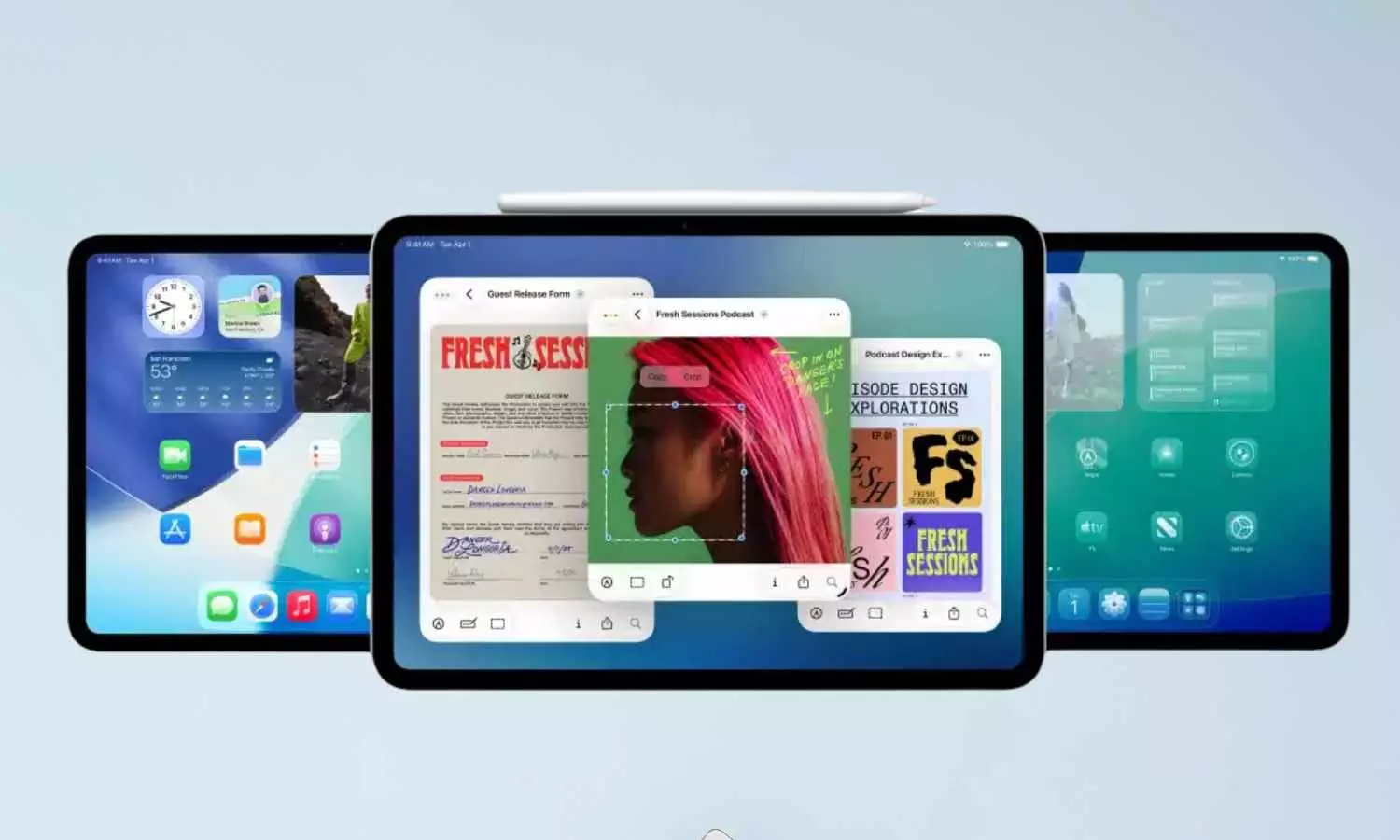App Makers Gain More Customization Tools for Apple Glass: Craig Federighi Explains
Apple’s Craig Federighi reveals advanced customization options for app developers in the world of Apple Glass. Discover how new tools enhance AR experiences and app personalization.
App Makers Gain More Customization Tools for Apple Glass: Craig Federighi Explains

At this year’s WWDC, Apple unveiled its most significant software overhaul since iOS 7, introducing the Liquid Glass design language—a visual evolution inspired by VisionOS and refined across iOS, iPadOS, macOS, watchOS, and tvOS. Led by Craig Federighi, SVP of Software Engineering, and Alan Dye, VP of Human Interface Design, the update balances innovation with familiarity for over 2.4 billion users.
A Unified Vision: From Vision Pro to iPhone
The Liquid Glass aesthetic, first pioneered in VisionOS, brings dynamic translucency, adaptive tinting, and real-time responsiveness to Apple’s ecosystem. Developers gain extensive customization tools—opacity controls, color tinting, and dark-mode adaptability—allowing apps to maintain brand identity while embracing Apple’s fluid design.
"We give app makers many knobs to play with—opaque, clear, or tinted glass—so they can tailor interfaces without sacrificing usability," Federighi told HT.
Why This Redesign Matters
- Biggest iOS Shift in a Decade – The first major redesign since iOS 7 (2013).
- Cross-Platform Consistency – Uniformity across iPhone, Mac, Apple Watch, and Vision Pro.
- Beta Refinements Ahead – Apple warns against judging early builds, with text legibility and transparency still being fine-tuned.
The Challenge: Change Without Disruption
Dye emphasized the delicate balance: "We wanted this to feel fresh yet familiar. Changing an OS used by billions means every tweak must be deliberate."
Behind the Scenes: How Apple Prototyped Liquid Glass
Apple’s design team studied real-world glass properties—refractions, reflections—before digitally replicating them. "We’re lucky to have hardware and software teams in one studio," Federighi noted, highlighting the iterative process between physical and digital experimentation.
What’s Next?
iOS 26, iPadOS 26, macOS 26 Tahoe, and watchOS 26 will debut the redesign later this year, supported on devices as old as the 2020 iPhone SE.
"Liquid Glass isn’t just aesthetics—it’s about making interactions feel magical," Dye said. With this update, Apple isn’t just refreshing its OS—it’s laying the foundation for the next decade of digital experiences.

